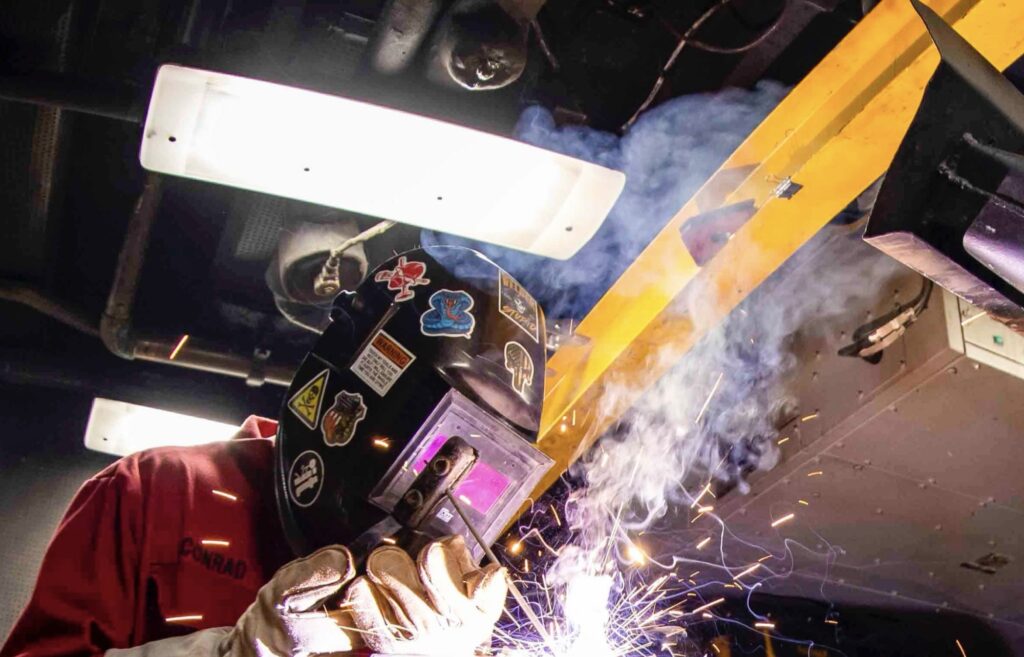Chinese Premier Calls for More Manufacturing Research Spending as US Congress Weighs Bringing Back R&D Tax Incentives
In 2017, the US Congress enacted the Tax Cut and Jobs Act (TCJA), a bill reducing certain US tax revenues between 2018 and 2025 by over $100 billion annually. The cuts were offset by changes to the way the federal government taxes corporations for research & development (R&D) expenses, changes that first went into effect for FY 2022:
As noted in June 2023 by David Maass, president of advanced manufacturing consultancy Flightware, in a 3DPrint post, “For the past 70 years, U.S. tax policy was to encourage R&D investment and innovation by allowing companies to expense (or “write off”) 100% of their R&D expenses in the year incurred. …Under the TCJA law, however, this was changed. Now, U.S. companies can only write off 10% of their R&D expenses in that year and must amortize the balance over the next five years. The other 90% of those expenses now appear as taxable income in that year. The resulting effect on income tax due is enormous.”
Maass also pointed out that, because of the lag between the TCJA’s passage and the implementation of the R&D tax changes, “For many [companies in April 2023], it was an extremely unpleasant surprise…Raytheon has reported its tax bill increased by $1.5 billion for a nine-month period…the annual tax increase for Northrop Grumman was $1 billion and Lockheed Martin’s taxes increased by $450 million for just a single quarter. For smaller firms, while the tax bill is for smaller amounts, the effects can be much more devastating.”

Thankfully, Congress appears to be responding to the negative feedback: on January 31, the House of Representatives easily passed a tax bill with overwhelming bipartisan support, which included provisions that would restore immediate tax relief for corporate R&D expenses. The legislation is currently awaiting approval by the US Senate.
Meanwhile, two days prior to the House’s tax bill vote, the second most powerful figure in the Chinese government, premier Li Qiang, made the rounds at high-tech manufacturing operations in the central province of Shaanxi. Home to much of China’s aerospace R&D capacity, including the Xi’an Aerospace Propulsion Institute, the area is also an indispensable node in the global semiconductor supply chain.
The main topic Li emphasized during his visit was the importance of manufacturing innovation. In an official statement, Li said, “If manufacturing companies want to stand firm in a competitive market, they must spare extra money on [R&D].”
According to South China Morning Post (SCMP), China’s R&D gap with the US is starkest when it comes to “applied research, mainly driven by enterprises.” Economist Wu Fuxiang told SCMP that, although China has made some progress over the last ten years in terms of catching up to the US’s R&D labor pool, “It will be harder for China to overtake the US in terms of the size of its R&D workforce in the future.” While Wu predicts that by 2025, the ratio of US to Chinese R&D workers will have fallen from 4-1 to 3-1, he expects the gap to narrow to only 2.8-1 by 2030.

The National Defense Industrial Strategy (NDIS) that was recently released by DoD strongly encourages increased R&D collaboration between the US and its allies and partners, especially as a form of economic deterrence against US strategic competitors. Along these lines, the NDIS recommends that the US lean into the existing strengths of its R&D ecosystem and its network of alliances and partnerships. There are few single actions that could make a bigger positive impact in that direction, than the US Senate’s approval of the bill restoring the previous rules on R&D tax expenses.
It’s hard to say how much of a dampening effect the changed law may have had on the additive manufacturing (AM) industry’s growth potential over the last couple of years. But it’s also hard to imagine that the effect hasn’t been substantial, especially considering that the implementation came at the same time as interest rates rose to the highest levels in decades.
In the context of China’s demonstrated eagerness to breathe more life into its own national R&D capacity, it seems fairly likely that the Senate will officially approve the legislation. If that happens, the effects could start filtering into the AM industry very quickly.
Subscribe to Our Email Newsletter
Stay up-to-date on all the latest news from the 3D printing industry and receive information and offers from third party vendors.
You May Also Like
Further Understanding of 3D Printing Design at ADDITIV Design World
ADDITIV is back once again! This time, the virtual platform for additive manufacturing will be holding the first-ever edition of ADDITIV Design World on May 23rd from 9:00 AM –...
3D Printer Maker EVO-tech Reborn as NEVO3D — Once More With Feeling
EVO-tech was a 3D printing service and original equipment manufacturer established in 2013 and based in Schörfling am Attersee, Austria. The company produced high-quality material extrusion systems featuring linear bearings,...
3D Systems Brings 3D Printed PEEK Cranial Implant to the U.S. with FDA Clearance
For more than 10 years, 3D Systems (NYSE:DDD) has worked hand-in-hand with surgeons to plan over 150,000 patient-specific cases, and develop more than two million instruments and implants from its...
CDFAM Returns to Berlin for Second Annual Symposium
The second CDFAM Computational Design Symposium is scheduled for May 7-8, 2024, in Berlin, and will convene leading experts in computational design across all scales. Building upon the first event...































